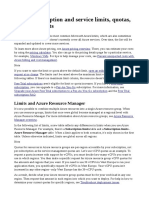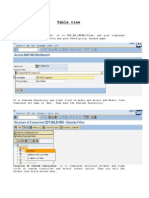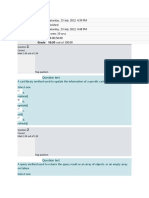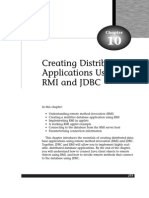0% found this document useful (0 votes)
20 views4 pagesCrud App
The document describes a Flask CRUD application that interacts with a MySQL database using pymysql. It outlines the process of creating routes for displaying, creating, updating, and deleting users, along with the necessary SQL queries and HTML template rendering. The application runs a Flask server and handles user input through forms, committing changes to the database and redirecting users to updated views.
Uploaded by
Aditya KumarCopyright
© © All Rights Reserved
We take content rights seriously. If you suspect this is your content, claim it here.
Available Formats
Download as PDF, TXT or read online on Scribd
0% found this document useful (0 votes)
20 views4 pagesCrud App
The document describes a Flask CRUD application that interacts with a MySQL database using pymysql. It outlines the process of creating routes for displaying, creating, updating, and deleting users, along with the necessary SQL queries and HTML template rendering. The application runs a Flask server and handles user input through forms, committing changes to the database and redirecting users to updated views.
Uploaded by
Aditya KumarCopyright
© © All Rights Reserved
We take content rights seriously. If you suspect this is your content, claim it here.
Available Formats
Download as PDF, TXT or read online on Scribd
/ 4





















































































